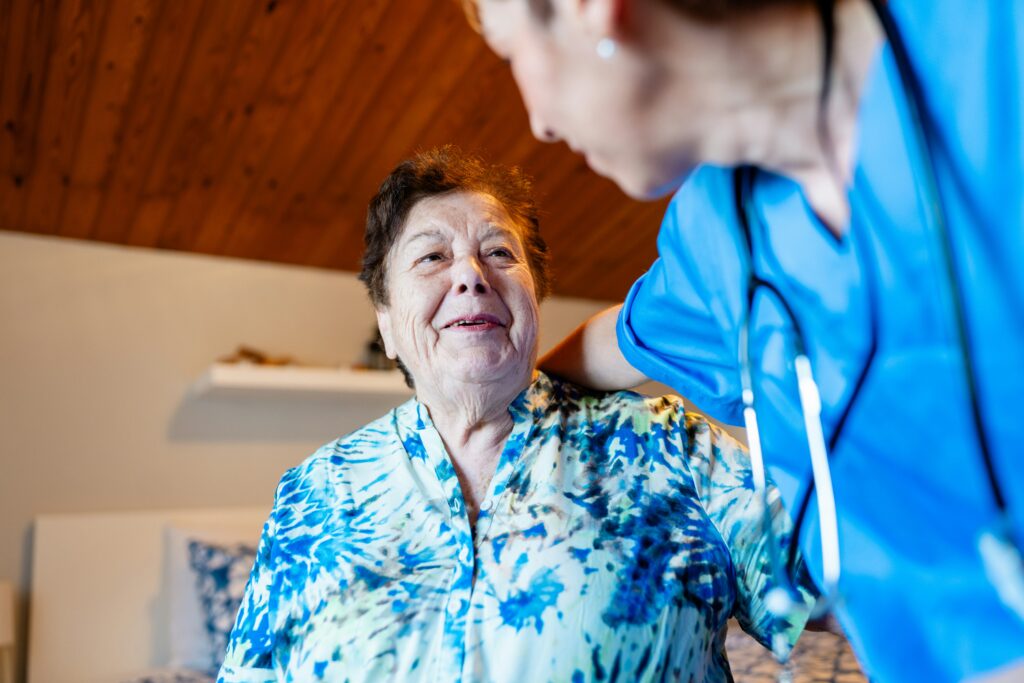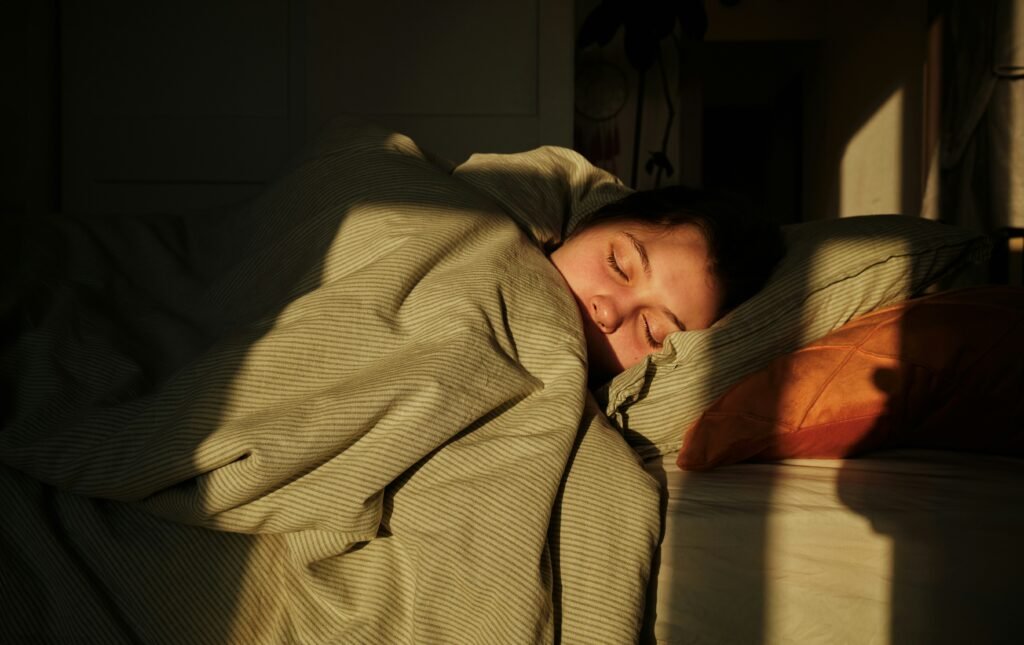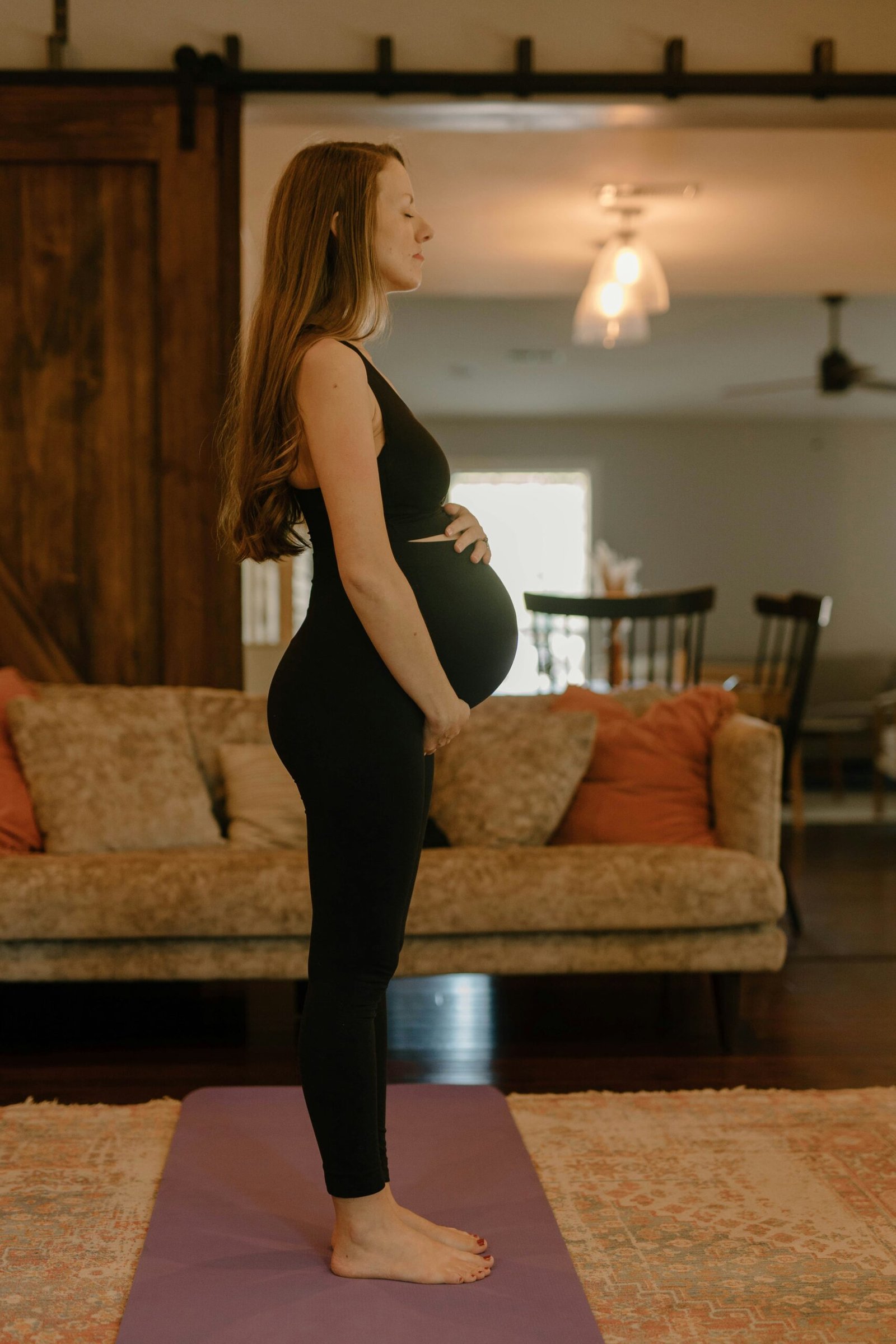Health
Why Spend Hours at the Doctor’s Office?
Have you ever felt like there aren’t enough hours in the day? Between work, family, and personal goals, time can feel like your most valuable asset. For many busy professionals and creatives, taking care of aging parents adds another layer to this juggling act. If your parents qualify for Medicare, there’s a better way to manage their health—and it doesn’t involve sitting in a doctor’s office for hours. Thanks to advances in technology and the changing landscape of healthcare, remote patient monitoring (RPM) is making healthcare more efficient and proactive.

How the Healthcare Industry Is Evolving
The healthcare industry has been shifting toward more patient-centered care. This means finding ways to make healthcare more accessible, convenient, and focused on prevention. Remote patient monitoring is one example of this shift. By using technology to track health data at home, RPM helps patients and their families stay ahead of potential health issues before they become emergencies.
According to a study published in The Journal of Medical Internet Research, remote monitoring has been shown to reduce hospital readmissions by 20% and cut emergency room visits by 25% for chronic conditions like heart disease and diabetes. These numbers highlight the potential of RPM to improve outcomes and save time and money for families.
What Is Remote Patient Monitoring?
Remote patient monitoring uses easy-to-use devices to track health data like blood pressure, blood sugar, or heart rate from home. This information is then sent to healthcare providers, who monitor it and provide timely feedback. It’s like having a healthcare team watching over your loved ones without the need for frequent in-person visits.

Why Being Proactive Matters
- Catch Issues Early: Chronic conditions like hypertension or diabetes often show small changes before they escalate. Remote monitoring allows doctors to catch these changes early and adjust care plans as needed.
- Prevent Emergencies: By addressing health issues before they worsen, RPM can help avoid costly and stressful trips to the emergency room.
- Save Time: Routine check-ups and data collection can now be done from home, freeing up time for both patients and caregivers.
- Improve Quality of Life: Studies show that patients using RPM often feel more engaged in their care, leading to better health outcomes and peace of mind for families.
A Look at the Numbers
- A 2022 report from the American Journal of Managed Care found that RPM reduced hospitalizations by 30% for patients with heart failure.
- Patients using RPM devices were 77% more likely to adhere to medication schedules, according to a study from Healthcare IT News.
- Medicare data shows that remote monitoring programs have been expanding rapidly, with a 315% increase in adoption from 2020 to 2023.
Why This Matters for Your Family
Many Medicare patients have multiple doctor visits every year. Each appointment can mean hours spent traveling, waiting, and recovering. With remote monitoring, much of this can be done from home. This doesn’t just save time; it helps families stay proactive about health while reducing stress and improving quality of life.
By embracing tools like remote patient monitoring, families can focus on what truly matters: spending quality time together. The healthcare industry is changing, and it’s time to start the conversation at home about how to take advantage of these advancements.
Being proactive today can make a world of difference tomorrow. Share this article with your loved ones and explore how technology can transform your family’s approach to health care.

Take Action with Sinc Healthcare
If you’re interested in improving your loved ones’ healthcare experience, talk to your doctor about Sinc Healthcare and how remote patient monitoring can benefit your family.
Are you a healthcare provider looking to seamlessly integrate this transformative technology into your practice? Reach out to Sinc Healthcare today to schedule an appointment and learn how to make RPM a part of your care model. Together, we can revolutionize healthcare and improve outcomes for patients everywhere.
Bolanle Media invites businesses and brands seeking to promote their brand and report news to reach out for innovative media solutions. We offer a range of services, including digital marketing, content creation, event coverage, and social media management, all designed to help brands connect with their target audience effectively. With a strong emphasis on storytelling and social impact, our expertise spans various fields, ensuring your brand’s message resonates. For partnership inquiries, contact us at Hello@bolanlemedia.com.
Health
Over Half of Americans Use PTO for Pure Rest, While 1 in 3 Do Nothing for Days

More than half of Americans are now spending their paid time off (PTO) resting at home, with a full third choosing to do absolutely nothing for days on end—a trend that’s being dubbed “bedrotting.” According to a revealing Marleep survey, 57% of respondents admit to taking time off specifically to lay in bed, while 33% say they’ve set aside multiple days in the past year just for complete rest. This emerging pattern speaks volumes about growing burnout and the changing face of workplace culture across generations.
For many, PTO once meant planning adventures or memorable getaways. Now, it more often means using that precious time off for deep recovery. The Marleep study found that most Americans are not traveling the world or exploring new hobbies on their days off—they’re simply unplugging, retreating to their beds, and, frequently, scrolling endlessly on their phones.

One telling detail from the survey is the emotional toll: 53% of people feel guilty for using their PTO to rest instead of engaging in more traditional, active pursuits. Workplace expert Joyelle Crawford explains that this sense of guilt itself is a red flag, rooted in a “business over balance” culture that often leaves people too exhausted to even plan a vacation.
“Gen Z isn’t lazy—they’re literate in self-preservation. They’re rejecting hustle culture and taking bedrotting days because traditional models of work and rest aren’t working for them.” — Joyelle Crawford
Crawford encourages viewing PTO as “permission to optimize.” She suggests using these days to reset, reflect, and rethink personal boundaries—sometimes the most restorative vacation is about stepping back from overcommitting, not from leaving town.

This approach is especially pronounced among Gen Z, who are most likely to cancel plans due to anxiety or low motivation. Experts say this isn’t laziness but a sign that younger generations are prioritizing mental health and healthy boundaries. Still, it’s important to combine this newfound rest ethic with intention—rest without purpose can slide into avoidance and isolation.
57% of Americans now use PTO just to rest in bed—while 1 in 3 take multiple days off just for doing nothing.
As more Americans choose bed over beaches on their days off, they’re sending a clear message: sometimes, genuine recovery means doing absolutely nothing, and that’s perfectly okay.
Health
Why Gen Z Opted Out of Parties—and What It’s Costing Them

Gen Z’s vanishing party scene may seem like a win for cautious parenting, but the underlying costs are mounting in ways few expected. Over the past two decades, social gatherings among young people have dropped by nearly 70%, reshaping the very nature of growing up in America. Instead of hanging out at parties, Gen Z spends most of their free time glued to screens—gaming, binge-watching, and endlessly scrolling through social media. On platforms like Instagram and Facebook, more than 90% of engagement is now passive video consumption, not actual friend interaction, transforming social media into a personal TV channel rather than a place to connect.

For many teens, this digital retreat means fewer opportunities to build the skills that come from face-to-face interaction: learning to flirt, navigate rejection, build friendships, and create lasting memories. While drinking and risky behavior have declined—which most parents applaud—these changes coincide with record rates of loneliness, anxiety, and depression among young people. Real-world connection, once a messy rite of passage, has been swapped for solitary convenience, robbing teens of vital social “fitness.”

Experts warn that building social fitness is like physical exercise: the less young people practice being together, the harder it gets, leading to a spiral of anxiety and isolation. Even medical research now links strong social networks to improved mental health and long-term brain health, with superagers—people who retain youthful memory late in life—often reporting the most real-world connections.
So, what is Gen Z actually missing? Beyond the parties themselves, it’s the irreplaceable benefits of close friendship, spontaneous adventure, and emotional resilience. If the trend continues, America’s youth may be safer, but not necessarily happier or healthier. To truly thrive, tomorrow’s teens must reclaim real-world connection—not just for their hearts, but for their minds.
Health
Why the Fertility Cliff at 35 Is Mostly a Myth

The widespread belief that women’s fertility drops off a cliff at age 35 has permeated healthcare conversations, media headlines, and family planning discussions for decades. Yet, the truth behind this narrative is far more nuanced—and far less dire—than most people realize. Modern scientific research and a closer look at the original statistics reveal that the so-called “fertility cliff” is mostly a myth. Here’s what the data really shows.

Where Did the Fertility Cliff Myth Come From?
The idea that fertility dramatically declines at 35 can be traced back to historical birth records, not actual measures of women’s ability to conceive. Much of the foundational data was collected from rural villages in France during the 17th and 18th centuries—a time when women lacked access to modern healthcare, nutrition, and birth control. These records tracked how many babies were born, not whether women were physically capable of conceiving. Plus, by age 35, many women in these settings had already had multiple children and may have chosen—intentionally or out of necessity—not to try for more.
Modern Fertility Data Tells a Different Story
When scientists study contemporary populations, the pattern changes. According to recent research, women aged 35 to 39 have an 82% chance of conceiving within a year, compared to 86% for women aged 27 to 34—a difference of just 4 percentage points. There’s no sudden plunge. Instead, fertility after the early 30s typically moves in a gradual downward slope, with truly significant declines usually beginning in the early 40s. Age does influence fertility, but not nearly as dramatically or immediately as the myth suggests.
Quality Over Quantity: What Really Matters
Another commonly cited fear is about egg reserves and birth defects. While it’s true women are born with a finite number of eggs—and lose most before even reaching puberty—the actual risk posed by age is often exaggerated. The relative risk of birth defects does rise after age 35 (from 0.5% to 1%, for example), but the absolute numbers remain quite low. Likewise, miscarriage rates do increase with age, yet much of the scary data stems from women undergoing IVF (which skews higher than natural conception).

Lifestyle, Stress, and Modern Challenges
Rising infertility rates among all age groups reflect much more than just women “waiting too long” to start families. Chronic stress, exposure to endocrine-disrupting chemicals, and changes in diet and lifestyle all contribute to fertility challenges—sometimes even more than age itself. Male fertility issues also account for roughly half of all infertility cases, showing that this isn’t simply a women’s issue. Both partners benefit from maintaining healthy lifestyles, reducing stress, and avoiding toxins to support optimal fertility.
What to Remember
Ultimately, the myth of a dramatic fertility cliff at age 35 is not supported by the most recent scientific evidence. Fertility does decline with age, but for most healthy women, that decline is gradual, and many conceive successfully well into their late 30s and even early 40s. Decisions about family planning and fertility should be made with clarity, accurate information, and guidance from medical professionals—not outdated statistics or scare tactics.
The key message: Women should feel empowered to make choices from a place of knowledge, not fear. The real story is hopeful: healthy living, stress management, and understanding the facts can help preserve fertility far longer than the myths would have us believe.

 Business3 weeks ago
Business3 weeks agoDisney Loses $3.87 Billion as Subscription Cancellations Surge After Kimmel Suspension

 Entertainment3 weeks ago
Entertainment3 weeks agoWhat the Deletion Frenzy Reveals in the David and Celeste Tragedy

 Filmmaking4 weeks ago
Filmmaking4 weeks agoThe Real Reasons Film Jobs Are Disappearing

 Entertainment4 weeks ago
Entertainment4 weeks agoABC Suspends ‘Jimmy Kimmel Live!’ Indefinitely After Kirk Remarks

 News4 weeks ago
News4 weeks agoSeeing Trauma: What Charlie Kirk’s Death Reveals About a Nation in Conflict

 Tech4 weeks ago
Tech4 weeks agoWhy Experts Say AI Could Manipulate, Blackmail, and Even Replace Human Relationships

 Entertainment3 weeks ago
Entertainment3 weeks agoExecutive Producer Debut: How Celia Carver Created Festival Hit ‘Afterparty’

 Filmmaking4 weeks ago
Filmmaking4 weeks agoWhy Hollywood’s Biggest Blockbusters Keep Failing at the Box Office









































